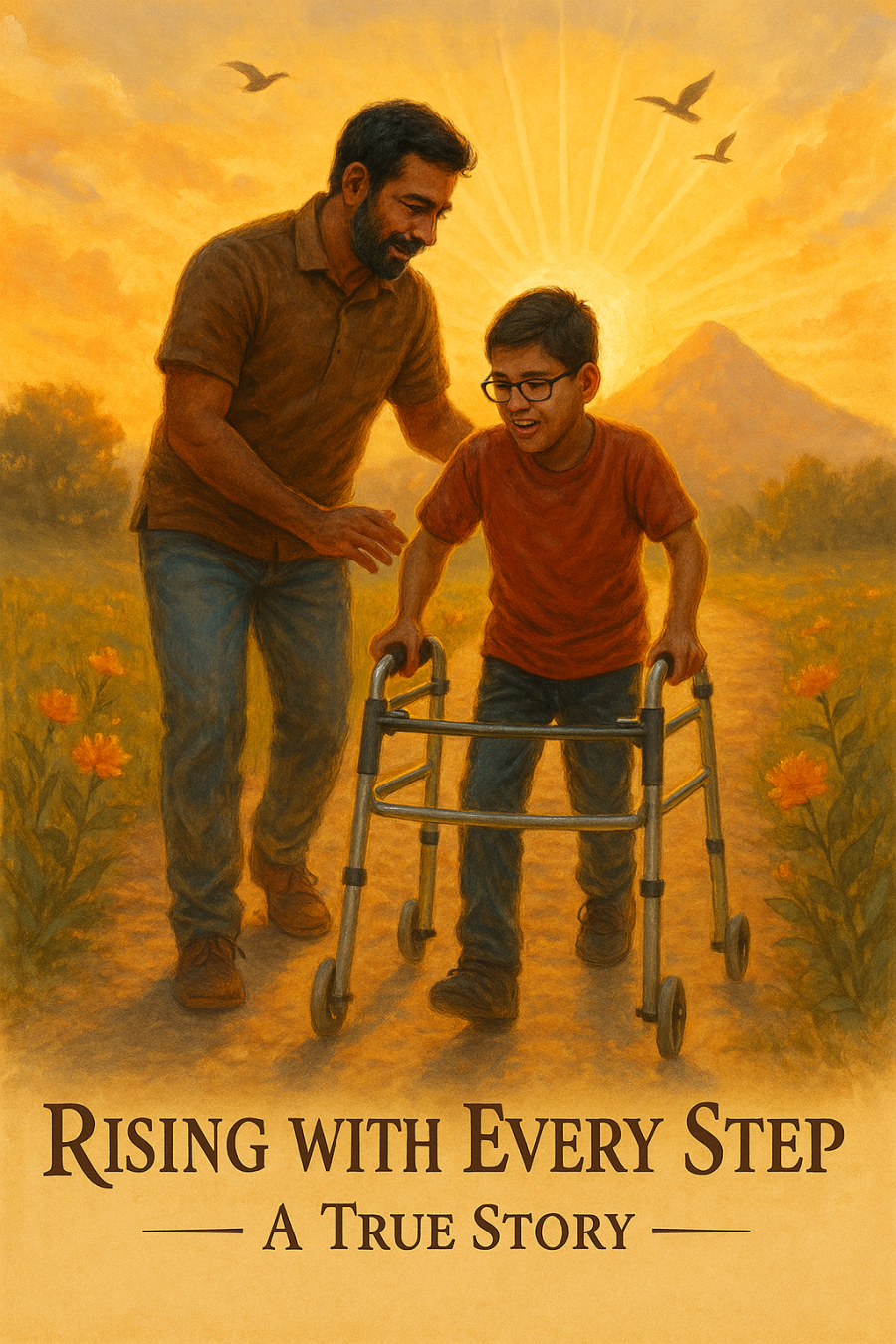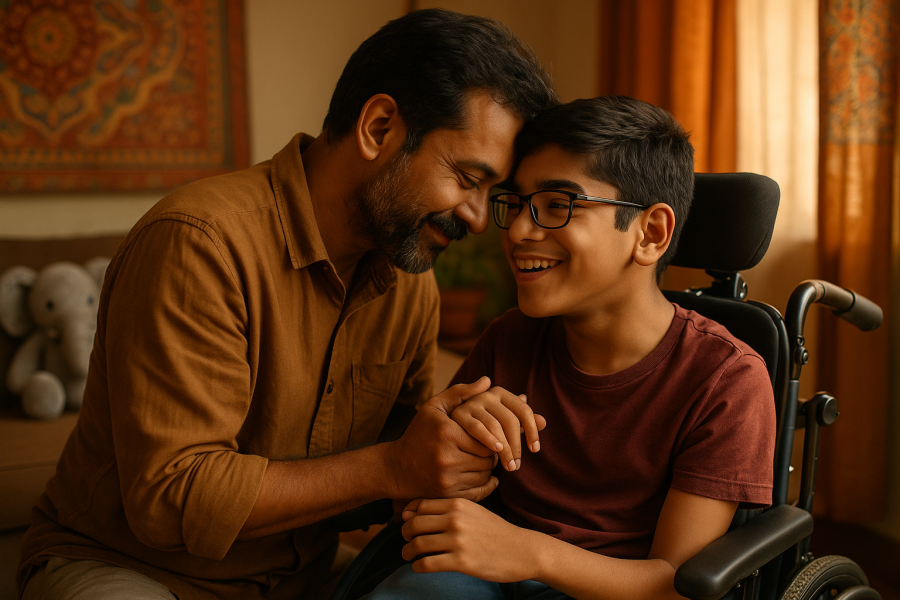- Argentina
- Australia
- Austria
- Bahrain
- Belgium
- Bhutan
- Brazil
- Brunei
- Cambodia
- Canada
- Chile
- China
- Colombia
- Cyprus
- Denmark
- Fiji
- Finland
- France
- Germany
- Greece
- Hong Kong SAR China
- Hungary
- India
- Indonesia
- Iran
- Iraq
- Israel
- Italy
- Japan
- Jordan
- Kenya
- Kuwait
- Luxembourg
- Macau SAR China
- Malaysia
- Maldives
- Mauritius
- Myanmar [Burma]
- Nepal
- Netherlands
- New Zealand
- Norway
- Oman
- Philippines
- Poland
- Portugal
- Qatar
- Russia
- Saudi Arabia
- Singapore
- South Africa
- South Korea
- Spain
- Sri Lanka
- Swaziland
- Sweden
- Switzerland
- Taiwan
- Thailand
- Turkey
- Ukraine
- United Arab Emirates
- United Kingdom
- United States
- Vietnam
- Yemen
- Zimbabwe
Treatment after paralysis

Treatment after paralysis
Treatment after paralysis depends on several factors, including the cause and severity of paralysis, the individual's overall health, and their goals for rehabilitation. While some forms of paralysis may be temporary and reversible, others may be permanent. Here are some common approaches to treatment and rehabilitation after paralysis:
Medical Management: Depending on the underlying cause of paralysis, medical treatment may be aimed at managing symptoms, preventing complications, and promoting recovery. This can include medications to reduce inflammation, manage pain, prevent blood clots, or treat underlying conditions such as stroke or spinal cord injury.
Physical Therapy: Physical therapy plays a crucial role in rehabilitation after paralysis. A physical therapist designs a personalized exercise program to help strengthen muscles, improve range of motion, and regain mobility. Therapy may include exercises, stretching, and activities to improve balance and coordination.
Occupational Therapy: Occupational therapy focuses on helping individuals with paralysis develop the skills needed to perform activities of daily living independently. This may include training in using assistive devices, adaptive equipment, and techniques to overcome barriers to participation in daily activities.
Speech Therapy: For individuals with paralysis affecting the face, throat, or vocal cords, speech therapy may be necessary to improve speech, swallowing, and communication abilities. Speech therapists can provide exercises, techniques, and strategies to address these challenges.
Assistive Devices: Various assistive devices and technologies are available to help individuals with paralysis regain independence and improve their quality of life. This can include wheelchairs, walkers, braces, orthotics, and communication aids tailored to the individual's needs.
Electrical Stimulation: Electrical stimulation therapy may be used to help maintain muscle tone, prevent muscle atrophy, and improve circulation in paralyzed limbs. This therapy involves applying electrical impulses to the muscles to stimulate contraction and movement.
Rehabilitation Programs: Comprehensive rehabilitation programs, often conducted in specialized rehabilitation centers, provide multidisciplinary care and support for individuals with paralysis. These programs may include a combination of physical therapy, occupational therapy, speech therapy, counseling, and vocational rehabilitation.
Psychological Support: Coping with paralysis can be emotionally challenging for individuals and their families. Psychological support, counseling, and peer support groups can help individuals adjust to life with paralysis, manage stress, and maintain emotional well-being.
It's important for individuals with paralysis to work closely with a team of healthcare professionals, including physicians, therapists, and rehabilitation specialists, to develop a personalized treatment plan that addresses their unique needs and goals. The goal of treatment and rehabilitation is to maximize independence, improve quality of life, and promote overall well-being.

 by Admin
by Admin


